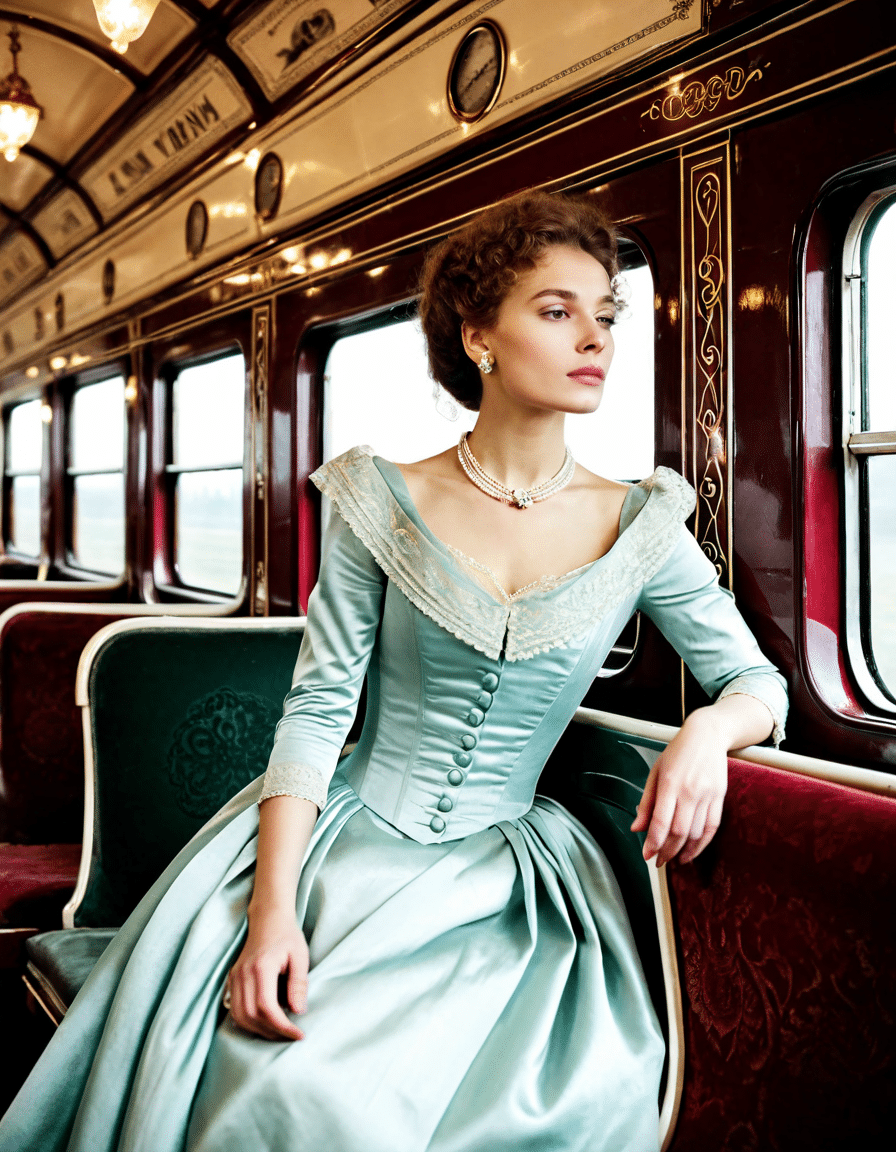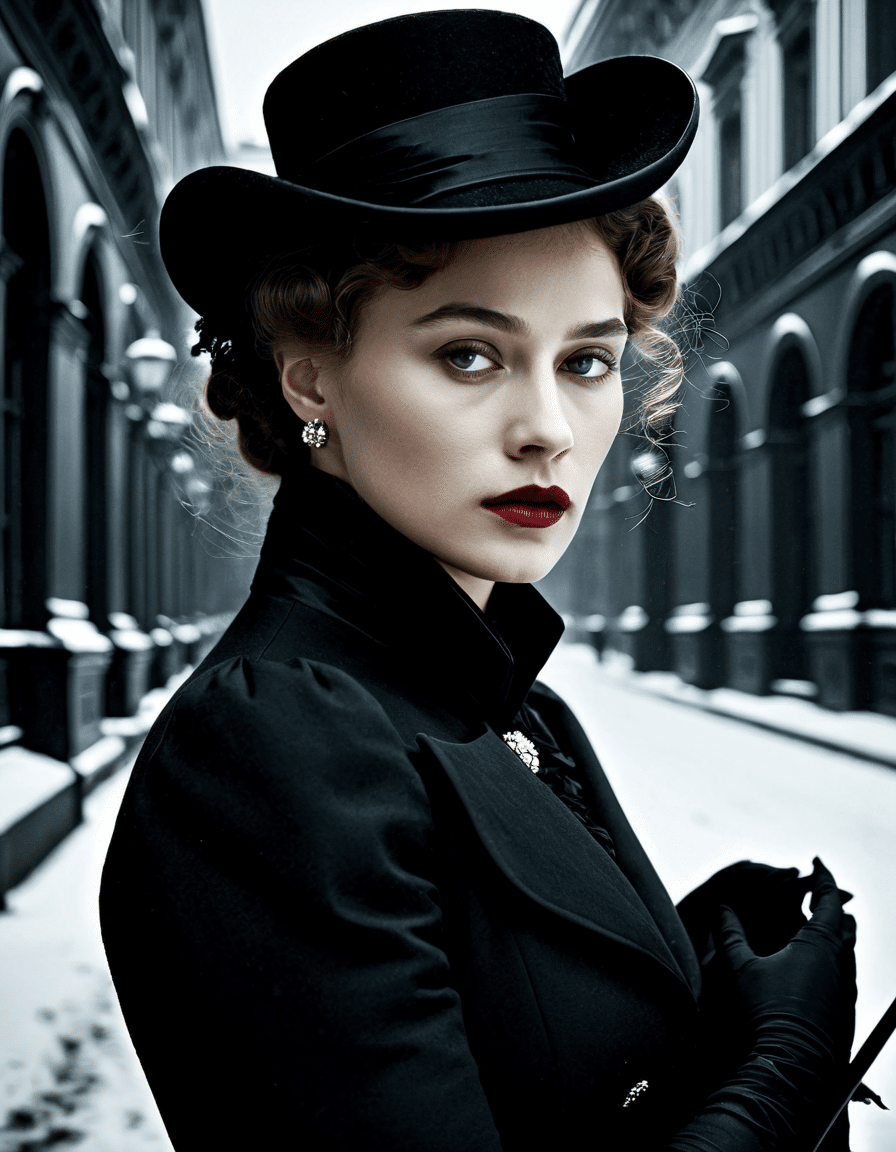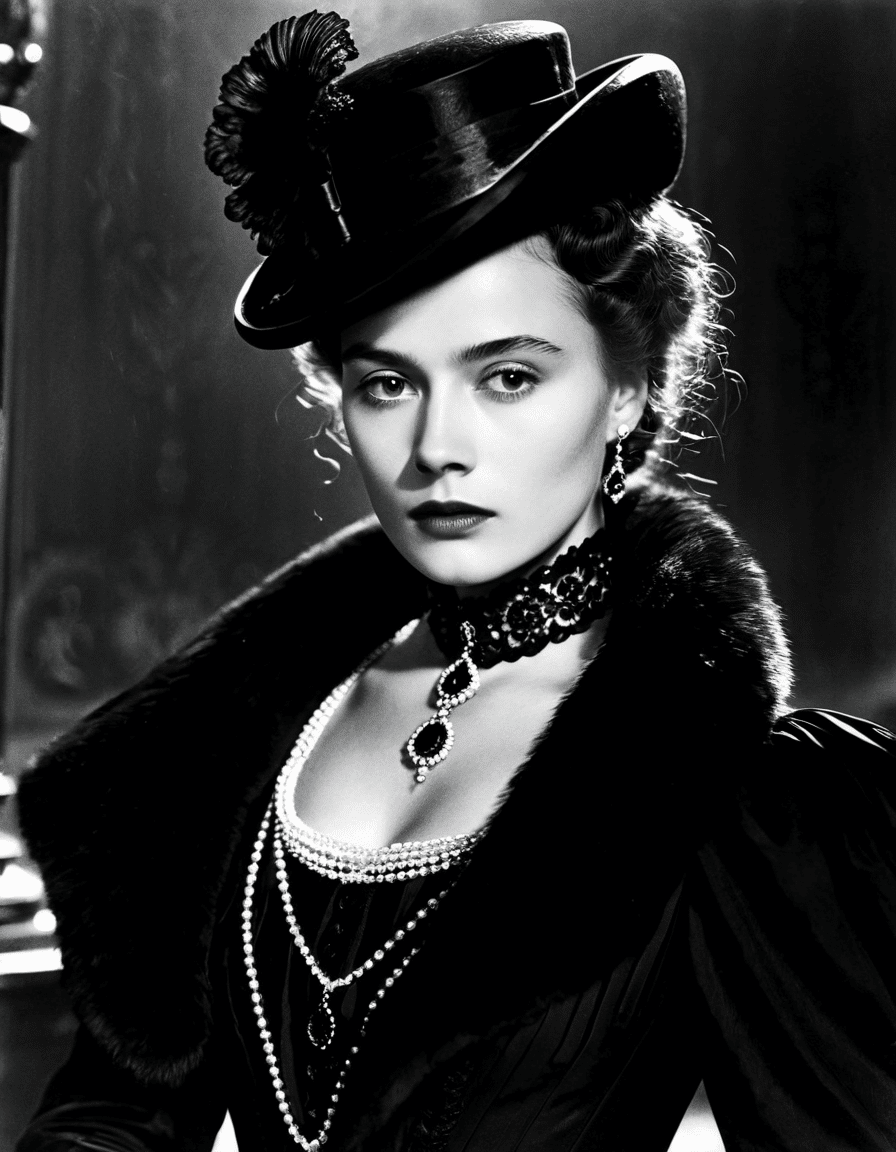Leo Tolstoy’s Anna Karenina, first published in 1877, is more than just a classic novel; it’s a masterful exploration of love, betrayal, and the societal norms that constrain individual happiness. As you dive into the tangled lives of Anna, Vronsky, and Levin, you’ll encounter a narrative filled with moral dilemmas that resonate even today. If you’ve ever found yourself caught in a whirlwind of emotions or societal expectations, this tragic love story will speak to your heart. So, grab some popcorn, maybe a cozy blanket, and let’s take a deep dive into the world of Anna Karenina.

5 Essential Themes in Anna Karenina that Resonate Today
1. The Illusion of Free Will
Tolstoy masterfully interweaves the theme of free will throughout Anna’s affair with Count Vronsky. Despite her passionate feelings, Anna struggles against the rigid norms of 19th-century Russian society. Sound familiar? It’s like watching Vox Machina, where characters wrestle with their choices amidst chaotic societal threats. Both Anna and these modern heroes face a world that seems to conspire against their desires, making us ponder how much control we really have over our lives.
2. Memento Mori: The Concept of Mortality
Mortality looms large in Anna Karenina, casting a shadow over Anna’s fleeting moments of joy. The phrase “memento mori,” or “remember you must die,” penetrates the narrative, urging us to reflect on the fragility of life. Today, stories across platforms, from films to television, continually remind us of this theme. Just like Hannibal Lecter in The Silence of the Lambs, who grapples with his existence in a chilling but insightful way, Anna’s journey serves as a poignant reminder that life is both precious and perilous.
3. Social Commentary and Class Struggles
Tolstoy’s insights into class and morality depict a vibrant portrait of societal dynamics. The tension between social expectations and individual desires is alive in the modern fantasy space, portrayed vividly in Vox Machina, where power and class struggles take center stage. These narratives challenge us to ponder our own values and the choices we make within our social constructs.
4. Psychological Complexity of Characters
Dive into the depths of Anna and Levin, and you’ll find murky psychological waters that echo the intricate personalities of characters like Hannibal Lecter. Both Anna and Hannibal embody psychological complexity, revealing how external pressures shape our decisions. Tolstoy’s characters offer a profound exploration of mental health, perfectly paralleling today’s societal pressures that impact our minds and relationships.
5. The Consequences of Passion
Anna’s passionate affair doesn’t just affect her life; it sends ripples throughout her entire social circle. Her tragic story serves as a cautionary tale about the perils of unleashing desires, a theme just as relevant in our era of impulsive choices and social media madness. The intensity of love shown in Anna Karenina reflects both the beauty and tragedy of human connection, a lesson that resonates especially in today’s complex world.

How Anna Karenina Compares to Modern Narratives in Film and Television
Dramatic Adaptations
Anna Karenina has been adapted numerous times, most notably in the 2012 film featuring Keira Knightley. Each adaptation brings fresh perspectives to a timeless narrative, keeping it relevant and accessible to new audiences. Just like Chitty Chitty bang bang, a classic that’s seen various revivals, the heart of Anna’s tragedy continues to thrive in modern storytelling.
Character Dynamics
The intricate relationships within Anna Karenina find their modern counterparts in shows like Vox Machina. Both narratives emphasize how love’s intensity can fracture ties and create devastating consequences. It’s a stark reminder that, whether in literature or today’s epic fantasies, the complexities of love spellbound audiences for generations.
Exploration of Morality
Hannibal Lecter offers a fascinating lens into moral ambiguity, much like Anna’s choices force us to confront ethical dilemmas. These morally grey characters invite viewers and readers alike to grapple with what it means to love or betray, reinforcing that storytelling—the heart of both Anna Karenina and contemporary dramas—has the power to challenge our understanding of right and wrong.
Lasting Impact of Anna Karenina on Literature and Culture
Anna Karenina didn’t just influence books. It seeped into the very fabric of culture, inspiring filmmakers, artists, and writers across time. Its distinctive narrative styles, like the use of stream-of-consciousness, laid the groundwork for many modernist narratives. Just like the raw performances of Bernadette Peters or the breathtaking visuals in adaptations, the legacies of Anna Karenina remain vibrant and impactful in today’s storytelling landscape.
Embracing the Lessons of Anna Karenina Today
As we navigate today’s rapidly changing social landscape, Anna Karenina offers timeless insights into love, desire, and morality. Its themes of tragedy stand as relevant guideposts in our own interactions and relationships. In reflecting on Anna’s calamities, we must also consider the implications of our choices in a world that often pressures us to conform. Just as contemporary narratives reflect the personal battles we all face, Anna Karenina reminds us that even in tragedy, love is a central, undeniable facet of the human experience.
So, whether you’re seeking heart-wrenching drama or moral lessons, Anna Karenina is a treasure trove of depth, richly waiting to inspire passionate film enthusiasts and casual viewers alike. Don’t forget to explore its film adaptations on your favorite streaming platforms; experiencing Anna’s heartache on-screen is an emotional journey you won’t want to miss!
Anna Karenina: The Tragic Love Story You Must Know
The World of Love and Betrayal
Did you know that Leo Tolstoy wrote “Anna Karenina” over several years, with his own struggles with love influencing the story’s complexities? This tragic tale doesn’t just delve into romance but also examines themes of societal norms and moral dilemmas. Interestingly, the book is considered one of the greatest novels ever penned, often compared to other monumental works in literature like those seen in The Amazing race Season 34, where both characters and storytelling take center stage. You’ll find the inner conflicts of Anna Karentina resonate deeply, much like the high-drama moments within soap operas such as Bold And The Beautiful.
Film and Stage Adaptations
Adapted numerous times, “Anna Karenina” has graced both the big screen and the stage, showcasing its timeless appeal. In these adaptations, you can see an evolution of the characters that often parallels trends in pop culture. For example, some interpretations have leaned into the glamorous, fashion-forward aspects reminiscent of icons like Linda Evangelista. Just as the narrative puts a mirror to society, these adaptations reflect changing cultural attitudes and can sometimes spark debates similar to those around events such as the Drag Queens Olympics. The tragedy of Anna’s life plays out in a way that keeps audiences hooked, much like a riveting plot twist in a reality competition series.
Behind the Scenes and Cultural Impact
The impact of “Anna Karenina” stretches beyond literature; it has left a mark on music, dance, and even art. You might be surprised to learn that artists have drawn inspiration from the book’s poignant imagery, leading to stunning visuals that echo the emotional depth Tolstoy captured. Furthermore, the themes explored in this narrative have relevance even today, encouraging discussions about love, fidelity, and the struggles individuals face in society, much like the insightful perspectives offered in outlets like Washington Connection. Whether reflecting on a societal tableau or a personal drama akin to the tactics of champions like Emory Tate at the chessboard, the resonance of Anna’s plight lives on.
In essence, “Anna Karenina” isn’t just a tragic love story; it’s an exploration of the human condition that continues to inspire and provoke thought across various forms of media and art. From its elaborate story telling to the emotional stakes, it casts a wide net, connecting with audiences on multiple levels. So, as you dive into this literary classic, remember that it lives and breathes in the hearts of many, and remains a discussion point for generations to come.





